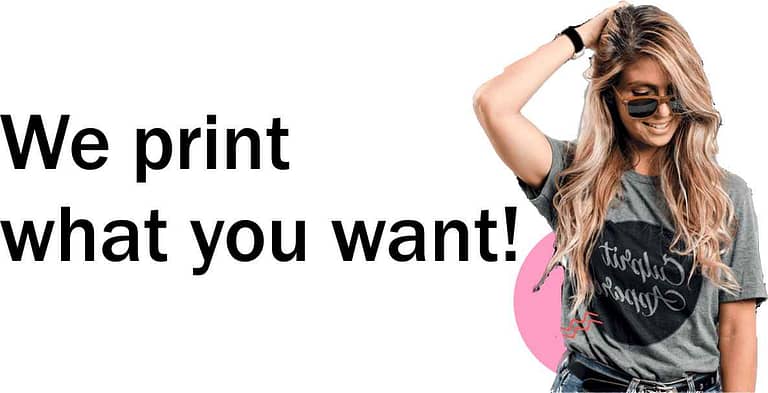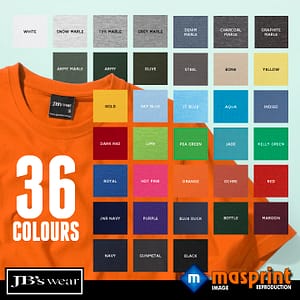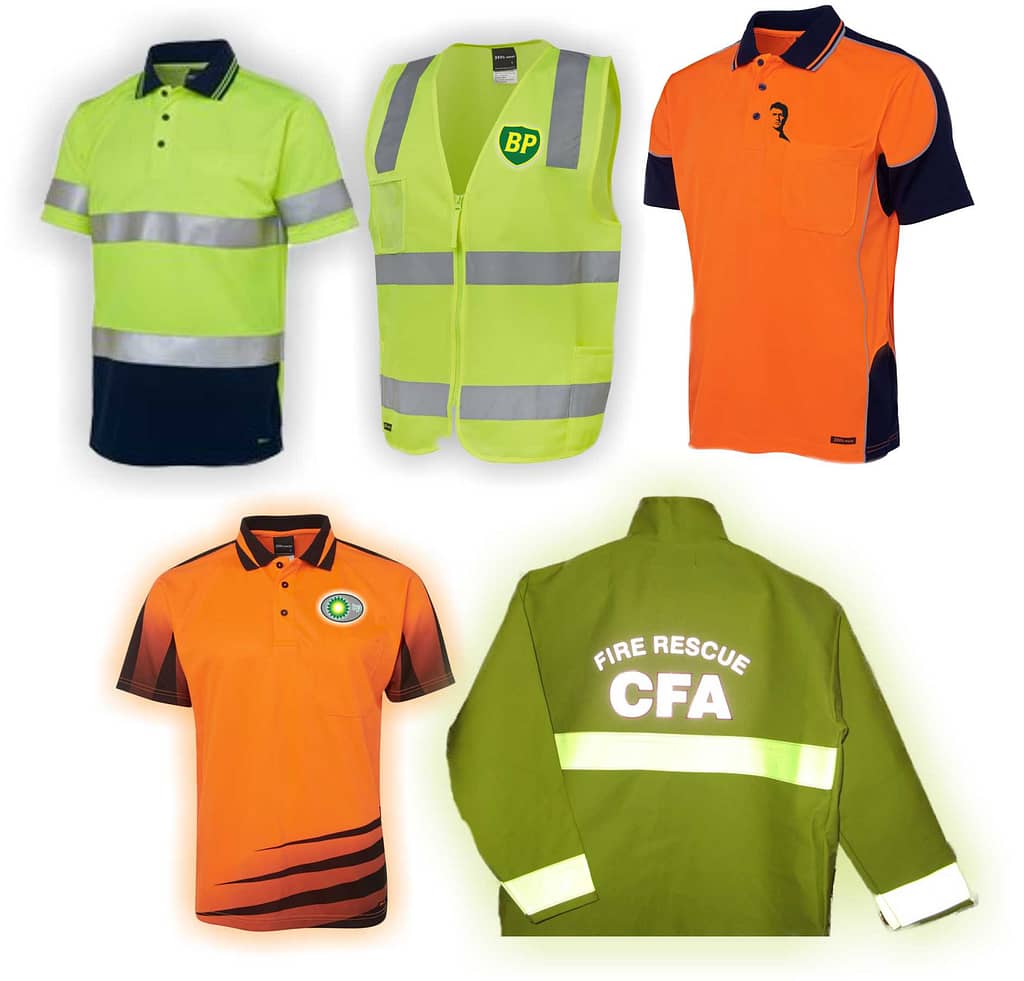Difference between screenprinting and digital printing?
Screen printing and digital printing are two different methods used for printing images or designs onto various surfaces. Here are the key differences between these two techniques:
Process:
- Screen Printing: In screen printing, a stencil (or screen) is created by blocking off areas of a fine mesh screen with a non-permeable material. Ink is then pushed through the open areas of the screen onto the substrate using a squeegee, transferring the design.
- Digital Printing: Digital printing involves the use of computer-controlled printers that directly apply the ink onto the substrate. The design is created digitally and then sent to the printer, which sprays the ink onto the surface.
Setup and Cost:
- Screen Printing: Setting up screen printing involves creating separate screens for each color in the design. This can be a time-consuming process and requires skilled labor. Therefore, it is more cost-effective for larger print runs where the setup cost is distributed over a greater quantity of prints.
- Digital Printing: Digital printing does not require the creation of screens or other setup processes. It allows for easy customization and quick turnaround times. This makes it more suitable for small print runs or one-off prints, but it can be costlier per unit compared to screen printing for large quantities.
Color Options:
- Screen Printing: Screen printing offers vibrant and opaque colors. It allows for the use of specialty inks like metallic or glow-in-the-dark inks. Each color in the design requires a separate screen and pass with the ink, so the number of colors can affect the cost and complexity.
- Digital Printing: Digital printing provides a wider color gamut and allows for detailed color gradients, shading, and photographic reproductions. It can produce a virtually unlimited range of colors and intricate designs without the need for additional setup or color separations.
Substrate Compatibility:
- Screen Printing: Screen printing can be performed on a variety of substrates, including textiles, paper, plastics, wood, metal, and more. It is particularly popular for fabric printing and creating durable, long-lasting prints on various materials.
- Digital Printing: Digital printing is versatile and can be used on different substrates, including paper, fabrics, plastics, ceramics, glass, and more. However, certain substrates may require pre-treatment or specific ink formulations to achieve optimal results.
Durability:
- Screen Printing: Screen printed designs tend to be highly durable and resistant to fading, especially when using quality inks. The ink is typically thicker and sits on top of the substrate, providing excellent longevity and washability for textiles.
- Digital Printing: The durability of digital prints can vary depending on factors such as the ink type, substrate, and post-printing treatments. While modern digital printing technologies offer good durability, they may not always match the longevity of screen printing, particularly for outdoor or heavily-washed applications.
Both screen printing and digital printing have their strengths and suit different applications based on factors such as quantity, design complexity, substrate, and budget.











